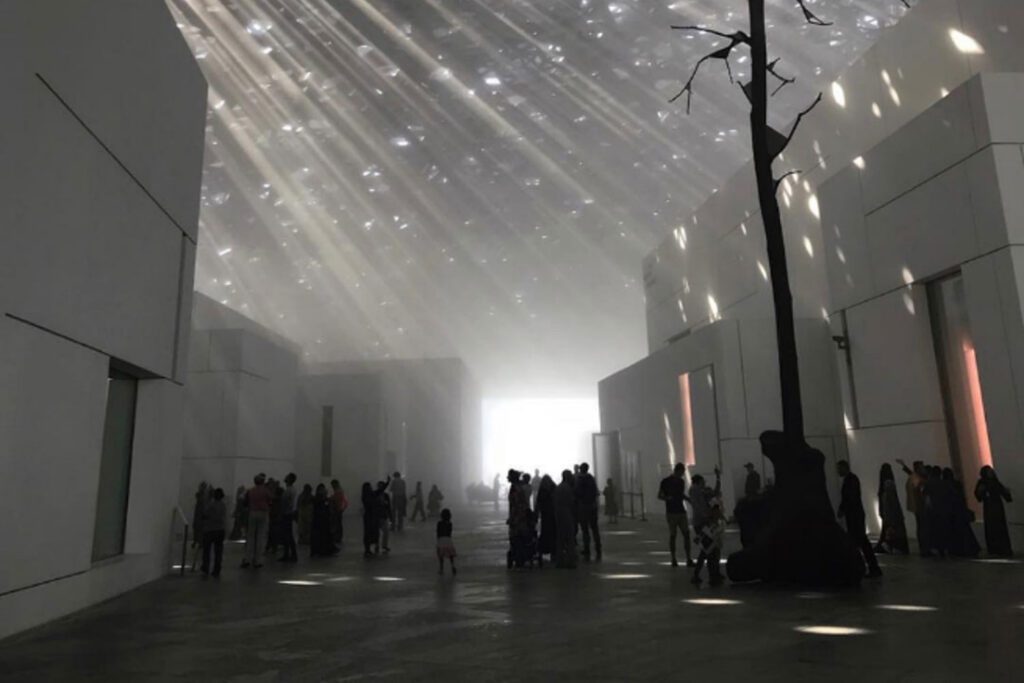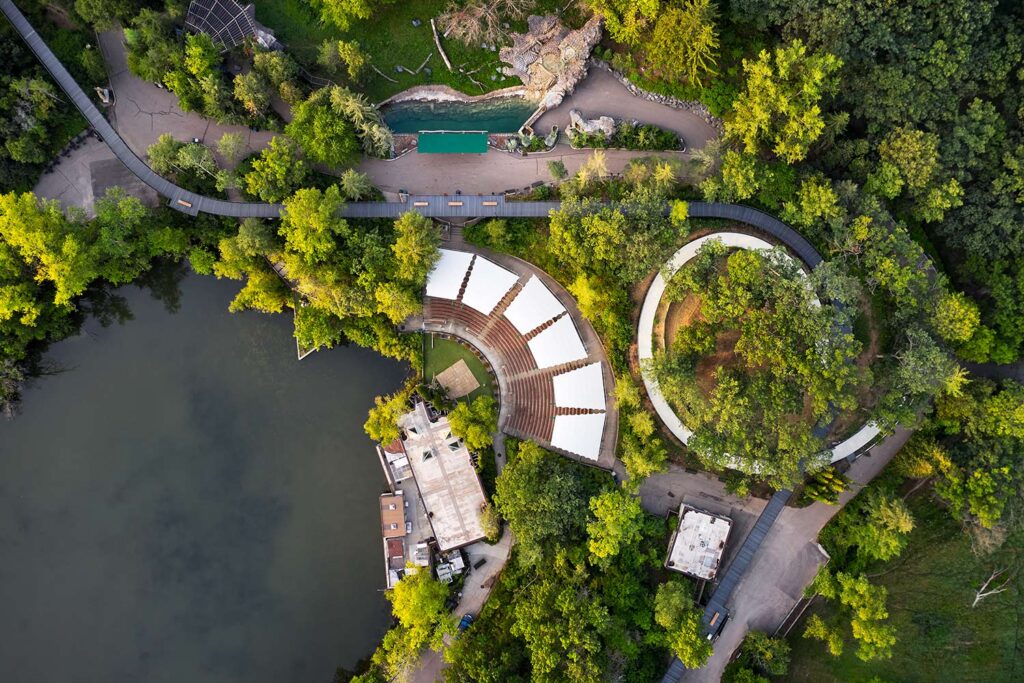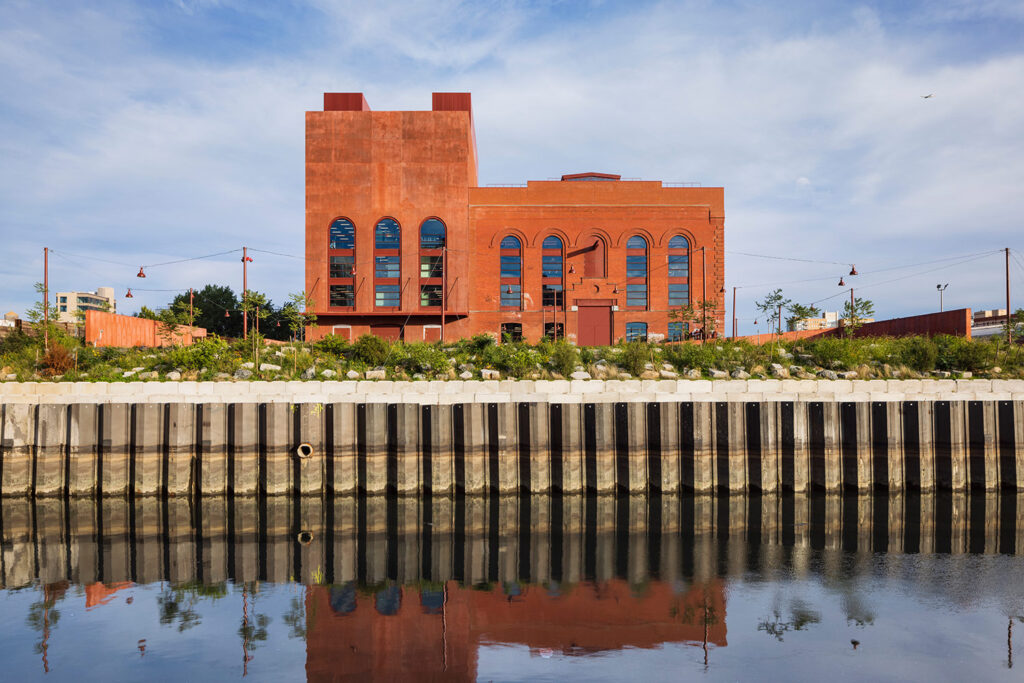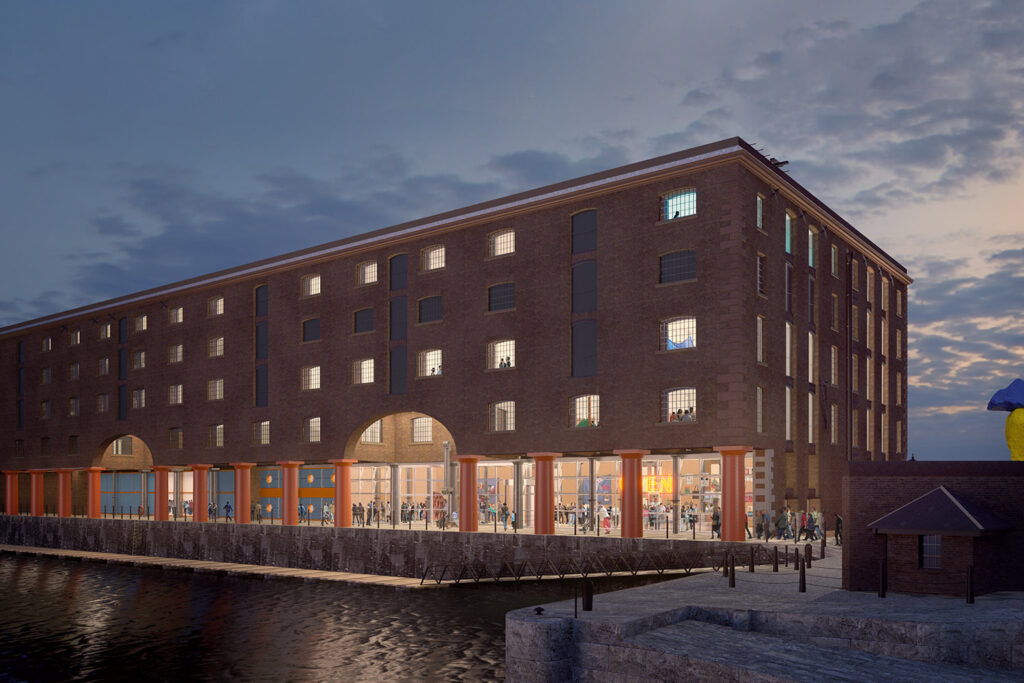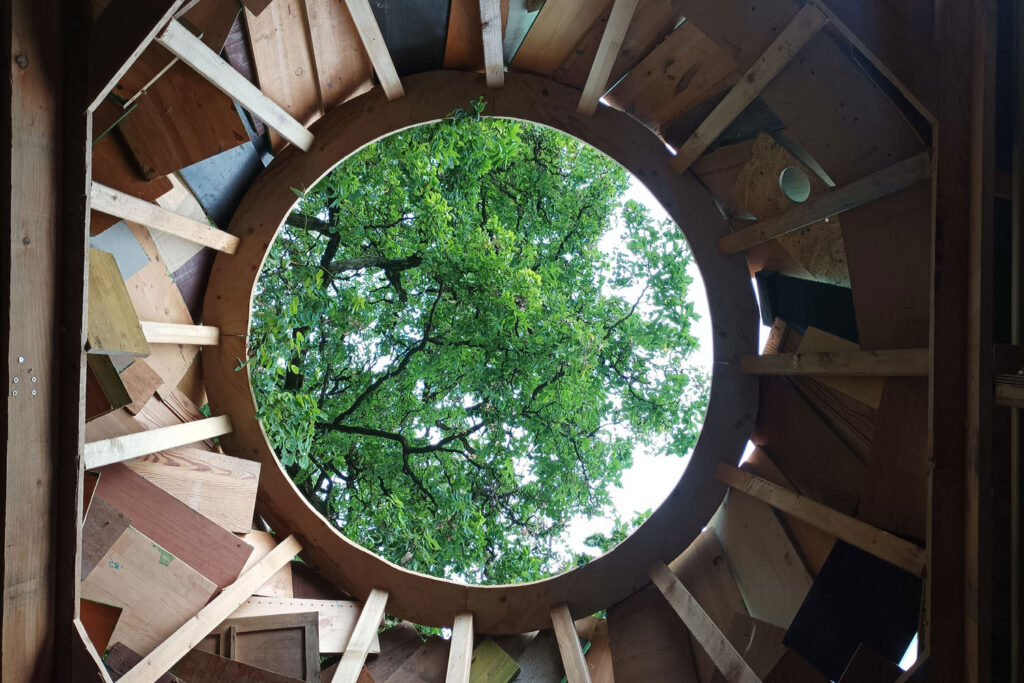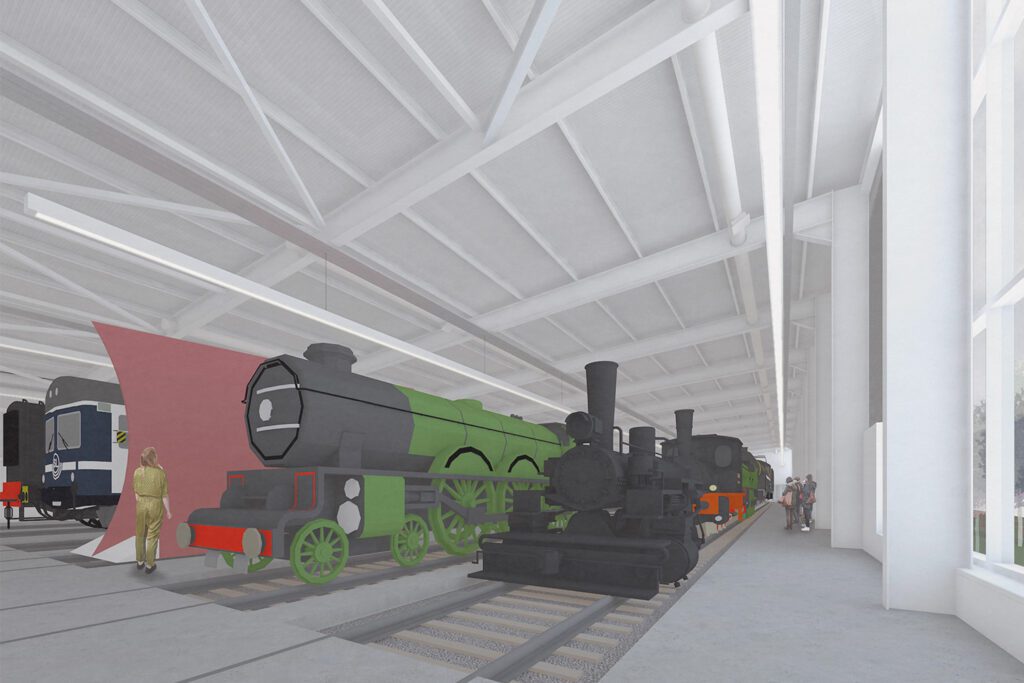
National Railway Museum and Locomotion
York and Shildon, UK
Project details
Client
Science Museum Group
Architect
Architect: AOC (Locomotion), J&L Gibbons (Locomotion – landscape), Fielden Fowles (masterplan and Central Hall), Buttress Architects (Station Hall and re-roofing projects), De Matos Ryan (Wonderlab), Optimised Environments (South Yard – landscape)
Collaborator
Faithfull & Gould, Arcadis
Duration
2019-2025
Services provided by Buro Happold
Building Services Engineering (MEP), Civil engineering, Ground engineering, Structural engineering
The National Railway Museum at York and its sister museum, Locomotion at Shildon, County Durham (both part of the Science Museum Group), are undergoing a major transformation as part of the organisation’s Vision 2025 project. Buro Happold was engaged to support a range of interventions across both sites.
Challenge
The National Railway Museum will see its biggest redevelopment since opening in 1975, while Locomotion will almost double in size with a new building to increase the breadth of railway vehicles the attraction is able to showcase.
A multidisciplinary team from Buro Happold is working on both projects across structural and building services engineering (MEP), as well as civil and ground engineering.
One of the key new developments at the York site will be a new family-focused gallery called Wonderlab: The Bramall Gallery, where young people will be able to get to grips with the hows, whats and whys of the railways by exploring a series of hands-on interactive exhibits.
The project on the York site requires the retrofitting of a range of historic Victorian railway buildings, with full surveys needed to examine the fabric of the structures to ensure their ongoing integrity. Locomotion New Hall on the Shildon site will house a range of large-scale exhibits and railway vehicles, bringing new items of the collection onto public display.
The building is located on a brownfield site, on the edge of Shildon. The site is complex and required a careful risk managed approach to overcome various constraints associated with existing foundations, potential contamination and historic mine workings. Our team developed a cost-effective substructure solution, to deal with the site challenges and provide cost certainty, whilst also supporting the significant weights involved – the heaviest of the rail vehicles weighs 98 tonnes.

Solution
Wonderlab: The Bramall Gallery, which will open in summer 2023, is being developed in a former rail vehicle workshop at the York site. Our teams are working closely with architect De Matos Ryan on the redevelopment and fit-out of the new space, providing consultancy around structural and building services engineering. Our MEP experts are planning the delivery of a broad range of new services into the building to support the exhibits and the environmental controls, to ensure a comfortable experience for visitors.
Our civil and ground engineers are also working on the South Yard redevelopment in conjunction with landscape architects Optimised Environments. The South Yard will be the green backbone to the museum’s city centre site, providing an open space to picnic and play, and also linking to the adjacent York Central development.
Our structures team is also supporting plans to re-roof a number of the Victorian engine sheds across the site, as well as working on the creation of an additional locomotive and carriage workshop space.
We conducted detailed inspections and surveys of the existing buildings across the site, many of which date back to the 19th century, identifying restoration works required and checking capacities to make sure exhibits are protected for the long term.

The new building at Locomotion in Shildon will echo the 6,000m2 exhibition building currently on the site, allowing a much greater breadth of exhibits and providing the facilities to showcase a range of railway vehicles from throughout the history of the railways, as well as exploring the narrative of the Stockton and Darlington railway – the world’s first steam-powered public railway line.
Our ground engineers are advising on the preparation of the site for the new development, including grouting previous mining works – pumping concrete below the ground to fill voids left behind by mining activity.
The structure itself is a simple but elegant, steel portal frame exhibition building, capable of housing up to 46 railway vehicles, making Locomotion the largest undercover collection of railway vehicles in Europe. The north facade will be articulated with two large glazing panels allowing for views in, a visual connection to the outside and daylighting within the exhibition. The south facade collects rainwater via three articulated downpipes that connect below the ground into swales along the south side of the site as part of the rainwater attenuation strategy. The concrete currently covering parts of the former industrial site will be broken up and reused as part of the process of reinforcing the floor as track build-up for the exhibition of railway vehicles.
Value
The Vision 2025 project is transforming the historic National Railway Museum site in the centre of York, making it fit for purpose as a 21st century attraction. The range of interventions our team is engaged with across the site are helping the client to realise this landmark regeneration.
Locomotion’s New Hall will open in time to mark the 200th anniversary of the Stockton and Darlington Railway in 2025, with the new facilities expected to grow annual visitor numbers from 180,000 to 250,000.





